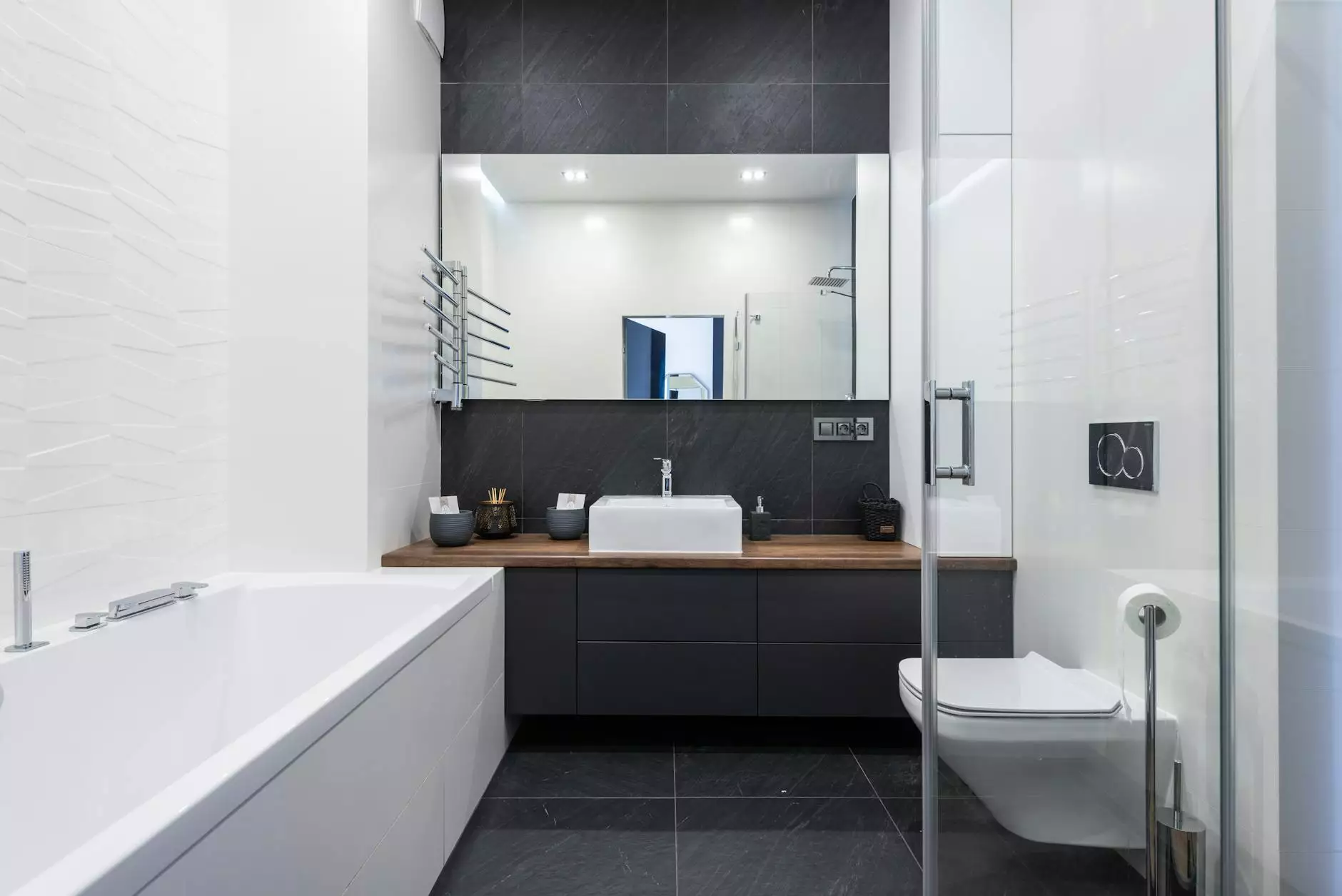Wood Architecture Models: Elevating Architectural Presentations

Wood architecture models have emerged as a distinct and vital aspect of architectural presentations, bridging the gap between conceptual designs and tangible representations. In the highly competitive world of architecture, the ability to effectively communicate ideas is paramount. This article explores the intricacies, advantages, and methodologies behind wood architecture models, providing architects with the knowledge they need to enhance their professional image and project effectiveness.
The Importance of Architectural Models
In architecture, models serve multiple purposes. They help visualize complex designs, enrich client presentations, and can even play a significant role in the design process itself. Here’s why wood architecture models stand out:
- Enhanced Visualization: Wood's malleability and aesthetics allow for highly detailed models, making the design easy to comprehend.
- Tactile Interaction: Unlike digital models, wooden models give clients a physical object to interact with, heightening their experience.
- Durability: Wood models are generally sturdier and can withstand the rigors of presentation and transportation.
Why Choose Wood for Architectural Models?
As architects deliberate over materials for model creation, wood often rises to the top due to its unique characteristics. Let's delve into the compelling reasons to choose wood:
1. Aesthetic Appeal
Wood possesses an innate beauty that can add warmth and sophistication to architectural representations. Its natural grain patterns and colors create an organic feel, making models visually appealing and inviting.
2. Sustainability
In an era where sustainability is key, wood is one of the most eco-friendly materials available. Utilizing responsibly sourced wood can enhance an architect's commitment to environmental stewardship.
3. Workability
Architects and model makers appreciate wood for its ease of manipulation. It can be cut, shaped, and painted with relative ease compared to other materials like plastic or foam, allowing for precise detailing.
Types of Wood Used in Architecture Models
Different types of wood can be utilized, each bringing its own attributes to the table. Here are some popular choices:
- Basswood: Lightweight and easy to work with, basswood is favored for detailed cut-outs and carving.
- Balsa: This ultra-lightweight wood is perfect for quick models and prototypes.
- Plywood: Strong and available in various thicknesses, plywood offers versatility for structural integrity.
- Maple: Known for its durability, maple provides a sturdy choice that holds up well in detailed projects.
- Mahogany: Offering beautiful color and grain, mahogany adds elegance to any model.
Crafting Wood Architecture Models: Step-by-Step Guide
Creating wood architecture models involves a structured process that balances creativity with technical skills. Here’s a step-by-step guide to help architects create stunning models:
Step 1: Conceptualization
Before crafting, an architect should have a clear vision of the project. Sketches, digital models, or inspiration boards can help consolidate ideas.
Step 2: Material Selection
Choose the type of wood that fits your vision and budget. Remember, the choice of wood can impact the model's aesthetics and durability.
Step 3: Detailed Plans
Create a detailed plan. This can be a series of drawings that highlight every aspect, including measurements, angles, and textures. Accuracy is crucial at this stage.
Step 4: Cutting and Shaping
Using a variety of tools like saws, knives, and carving tools, shape your pieces according to the plans. Precision is key, so take your time.
Step 5: Assembly
Start assembling the parts, using adhesives designed for wood. Ensure everything aligns perfectly; this can make or break the final presentation.
Step 6: Finishing Touches
Finally, add details such as color, texture, and landscaping features. Painting or staining the wood can bring your model to life.
The Role of Digital Tools in Model Making
In addition to traditional methods, digital technology plays a significant role in enhancing model-making:
- 3D Modeling Software: Tools like SketchUp or Rhino allow for precise digital models that can inform physical creations.
- CNC Machines: These enable detailed cuts that were previously difficult or impossible to achieve by hand.
- 3D Printing: This emerging technology allows architects to create parts that can be incorporated into wooden models, significantly enhancing complexity.
Presenting Wood Architecture Models to Clients
The way architects present their models can often be as important as the models themselves. Here are essential tips to make a lasting impression:
1. Storytelling Approach
Use the model to tell a story about the vision and purpose behind the building. Explain design choices and their implications for use.
2. Interactive Demos
Encourage clients to interact with the model. This can help them feel connected to the project and visualize the end result more clearly.
3. Contextual Visualization
Place models within a context, such as a landscape backdrop or surrounding structures, to showcase how the design fits into its environment.
Challenges in Wood Architecture Models
Despite their many advantages, working with wood architecture models can pose some challenges:
- Cost: High-quality wood can sometimes be more expensive than other materials.
- Time-Intensive: Crafting precise wood models often requires significant time and craftsmanship.
- Maintenance: Wood is susceptible to changes in humidity and temperature, which may require careful storage to preserve integrity.
Future Trends in Wood Architecture Modeling
As the architectural landscape evolves, so too will the methods and materials used for model making. Some emerging trends include:
- Increased Sustainability: A growing demand for eco-conscious materials and practices is set to rise.
- Hybrid Techniques: Combining traditional woodwork with digital processes for a seamless modeling experience.
- Augmented Reality: The use of AR to overlay digital information onto physical models can enhance understanding and interaction.
Conclusion: Embracing Wood Architecture Models
In a world where first impressions are crucial, using wood architecture models stands out as an exceptional way for architects to convey their ideas effectively. With their aesthetic appeal, tactile quality, and environmental benefits, wooden models create a bridge between vision and reality. By following best practices in their design and presentation, architects can significantly enhance their connection with clients, paving the way for successful projects. As the architectural landscape continues to evolve, wood models will undoubtedly find their place at the forefront of architectural communication.
Architectural-model.com remains dedicated to showcasing the best practices and innovations in architecture. By adopting these insights, architects can enhance their client presentations and ultimately contribute to the advancement of architectural design.



